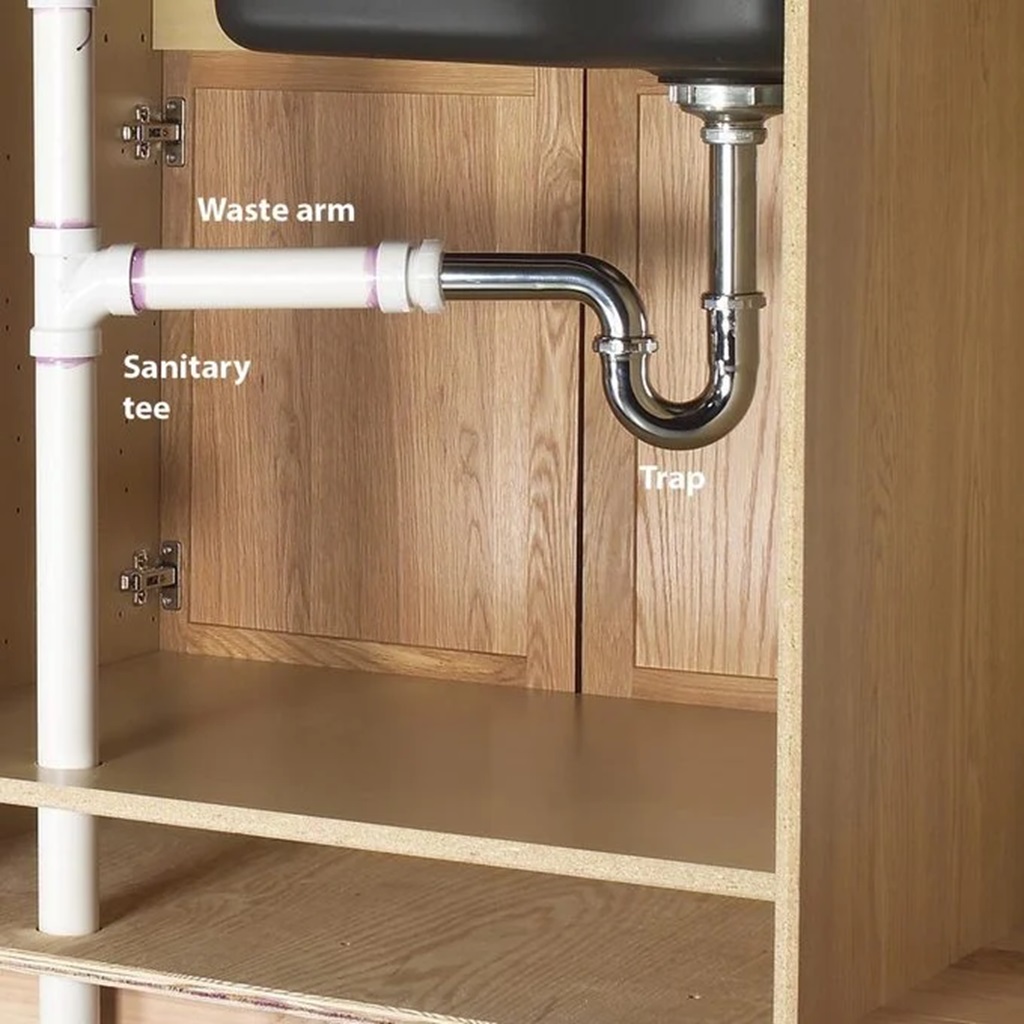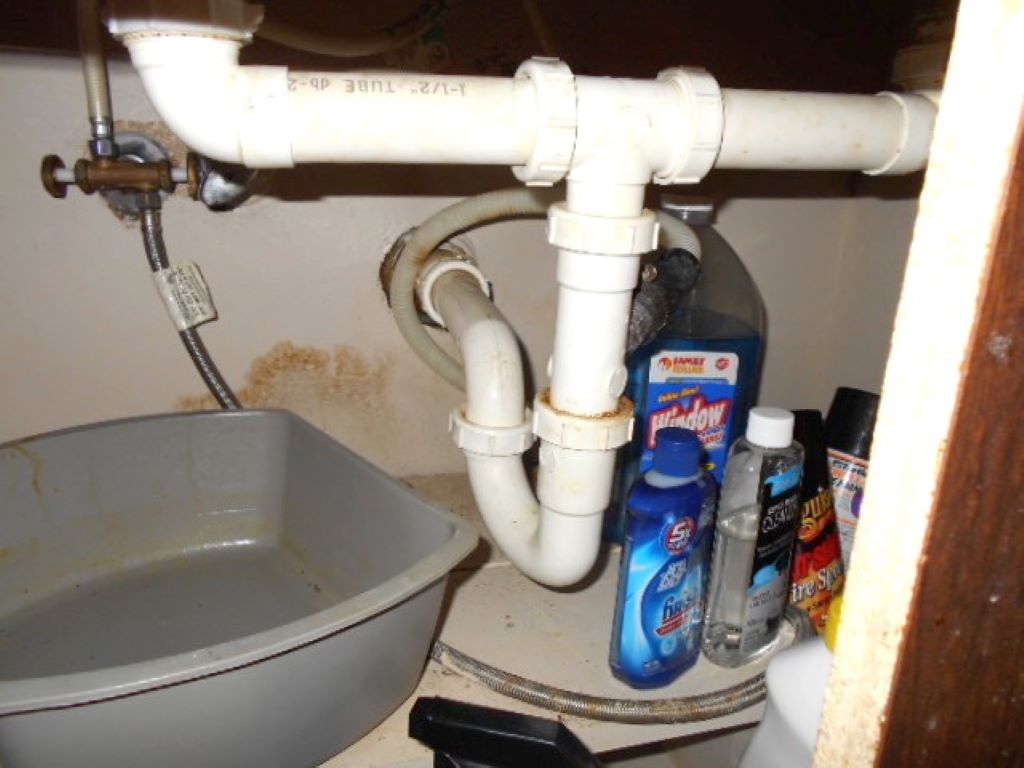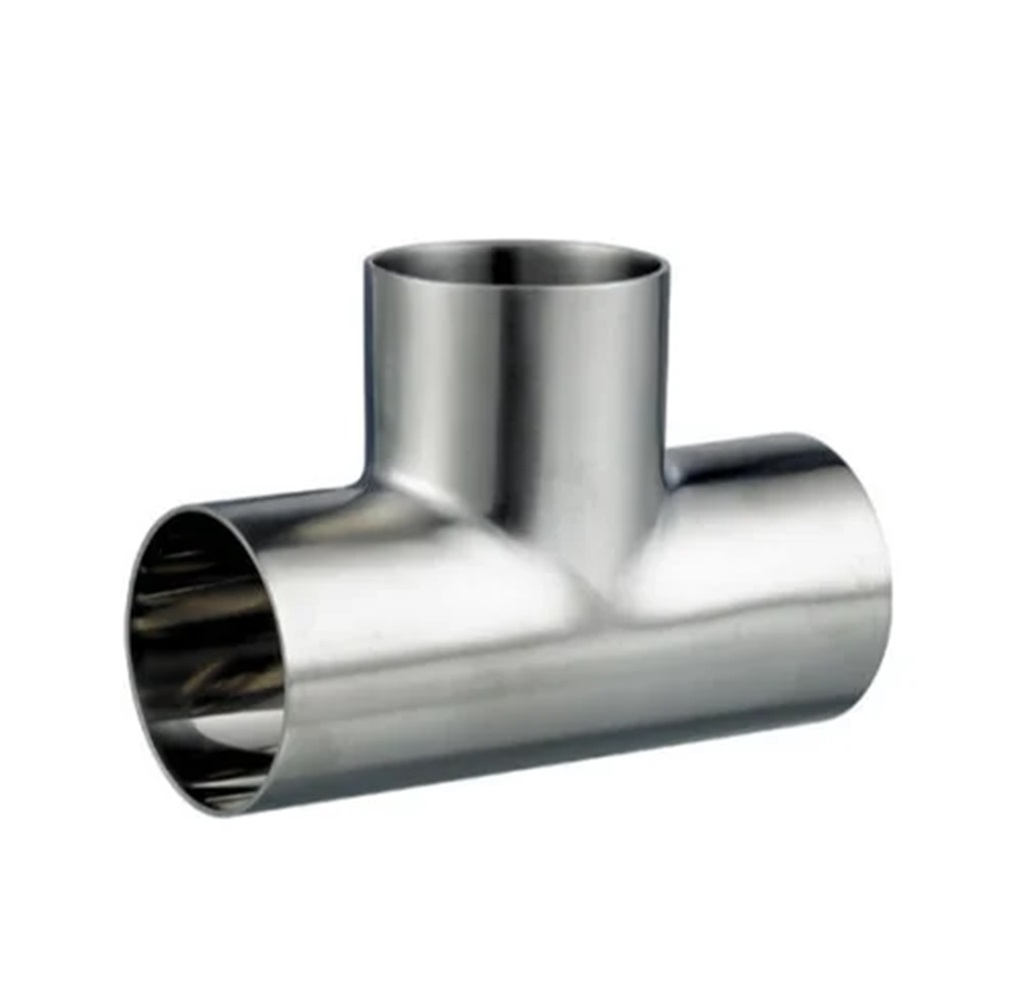In plumbing and piping systems, a sanitary tee is a crucial fitting that plays a significant role in enabling pipes to be joined together at right angles. This type of tee fitting is specially designed to provide easy access to the piping system for inspection and maintenance purposes. It is commonly used in a wide range of settings, including residential, commercial, and industrial applications.
Do you know what is sanitary tee used for? Sanitary tees are available in various sizes and materials to suit specific needs and are an essential component of any plumbing or piping system. Proper installation and maintenance of sanitary tees are critical to ensuring optimal performance and preventing leaks or other issues that can cause damage to the system.
What is a Sanitary Tee?
A sanitary tee is a T-shaped plumbing fitting that connects three sections of piping – the run, the branch, and the heel. It allows two pipes to be joined at a 90-degree angle while also providing an access point to the piping system.

The key features of a sanitary tee are:
- T-shaped 3-way connector
- Perpendicular pipes joined at a 90-degree angle
- Access point at center portion (heel) of the tee
Sanitary tees are commonly made of PVC, ABS, or cast iron. They come in a range of sizes to accommodate different pipe diameters. Common sizes range from 1⁄2 inch to 8 inches.
When it comes to choosing a sanitary tee vs wye, it’s important to note that the ends of a sanitary tee are usually glued or threaded to connect the piping. The center opening of the heel is left unobstructed to allow access inside the pipe system. Caps or plugs can be used to seal off the heel when access is not needed. On the other hand, a wye fitting is usually used in drainage systems to connect horizontal drains to vertical ones.
Applications and Uses
Sanitary tees have two main uses in plumbing and piping systems:
1. Creating 90 Degree Bends
The primary use of sanitary tees is to join pipes together at a 90-degree angle. This allows piping runs to change direction and navigate around obstacles. It also enables efficient routing of pipes in tight spaces.
In drain systems, sanitary tees allow horizontal and vertical pipes to intersect. This is useful when a drain line needs to drop from a higher to a lower point. The heel of the tee provides an optimal place for the vertical pipe to connect.
For water supply lines, sanitary tees enable horizontal distribution pipes to feed up to vertical risers. The risers can then supply fixtures positioned above.
2. Providing Cleanout Access
Sanitary tees are commonly installed to create cleanouts in drain lines. Cleanouts give access to the piping system for inspections, clearing clogs, or rodding out blockages.
Plumbers take advantage of the open heel on the sanitary tee. By placing a removable cleanout plug in the heel, they can easily open up the line at that point. After servicing is complete, the plug is simply reinserted to close up the system.
Cleanouts are usually installed at significant changes of direction and intervals along straight runs of piping. Access points are needed in case obstructions occur downstream. Sanitary tees provide ideal fittings for cleanouts in drain lines.
Sanitary Tee Applications by System Type
Sanitary tees are used in various types of plumbing and piping systems, including:
Drain, Waste, and Vent Systems
Sanitary tees have broad use in residential and commercial drain, waste, and vent (DWV) systems. Their key applications include:
- Branch connections – Sanitary tees are used when a fixture drain pipe connects to the main waste stack or sewer line. They allow wastewater to flow from horizontal branches to vertical stacks.
- Cleanouts – As described above, sanitary tees provide cleanout access points to open up drain lines for servicing when needed.
- Vent connections – Sanitary tees connect drain pipes to vent stacks that release sewer gases outside. This helps maintain proper air pressure in the system.
Water Distribution Lines
Sanitary tees enable efficient water distribution in supply piping:
- Risers – They connect horizontal distribution lines to vertical risers leading up to fixtures or appliances above.
- Branches – Allow smaller branch lines to feed off a main water line and route to specific points of use.
- Valves – Sanitary tees at the base of risers provide access for shutoff valves controlling water flow.
Heating and Cooling Systems
Sanitary tees have specialized roles in hydronic heating and cooling systems:
- Zone valves – Provide access to install zone control valves in heating or chilled water loops. Valves regulate flow to specific zones.
- Air vents – Allow air vents to be installed at high points in the loop to bleed out trapped air.
- Drains – Give low point drains a connection point to drain and clean systems.
Fire Suppression Systems
Sanitary tees enable key functions in wet and dry fire sprinkler systems:
- Branch lines – Allow smaller pipe runs to feed off large mains and route sprinklers throughout a building.
- Drains – Provide low point drain access to flush sediment from the piping network.
- Inspectors test – Give an access point for fire inspectors to attach test equipment and verify adequate water flow and pressure.
Industrial and Municipal Piping
Sanitary tees have many roles in large-scale municipal water and sewer piping:
- Distribution – Allow large distribution mains to connect to smaller branch lines routing to neighborhoods, buildings, hydrants, and sprinkler systems.
- Access points – Give maintenance crews entry points to inspect and service the buried piping infrastructure.
- Cleanouts – Provide cleanout access to clear blockages in sewer mains.
Unique Types of Sanitary Tees
While most sanitary tees have a basic T-shape, some unique designs provide specialized functions:
- Wye fittings – Similar to a sanitary tee but with curved connections instead of straight pipes. This reduces turbulence in high flow applications.
- Sanitary tap tees – Have an extra side outlet making a dual 90-degree bend. Used to connect branch lines in tight spaces.
- Sanitary crosses – A 4-way sanitary tee allowing perpendicular pipes in all directions. Creates a convenient junction point.
- Reducing tees – Have different pipe sizes on each inlet/outlet allowing transitions in line size.
- Coupling tees – Short-length sanitary tees used for repairing damaged sections of pipe.

Proper Installation of Sanitary Tees
Installing sanitary tees correctly is vital for proper system function and avoiding leaks:
- Pipe ends should be cut square and deburred for a smooth fit-up into the tee.
- Appropriate glue, primer, or thread sealant must be applied to create leak-tight seals.
- Horizontal pipes should align to minimize flow turbulence through the tee.
- Support brackets may be needed to prevent stress on joints and maintain pipe alignment.
- When used for cleanouts, ensure plugs are easy to access and space is left for tools to reach them.
- Avoid installing sanitary tees near devices like pumps that cause excessive vibration.
Proper training or hiring a qualified plumber is advised to correctly install sanitary tees and follow all applicable codes. Poor installation can lead to leaks, flow restrictions, and potential health hazards.
Advantages of Sanitary Tees
Many benefits make sanitary tees an indispensable component in a wide range of plumbing and piping systems:
- Tight 90-degree bends – The sanitary tee design makes a secure perpendicular connection between pipes. This allows efficient 90-degree routing around obstacles.
- Drainage and ventilation – Provides ideal points to connect horizontal drains to vertical waste stacks or vent lines. Critical for proper DWV system function.
- Access points – Having an open center section enables convenient cleanout and servicing access to inspect or rod out piping systems when needed.
- Flow control – Sanitary tees allow valves and other flow control devices to be inserted into lines. This provides shutoffs and balances flow in hot/chilled water systems.
- Versatility – Sanitary tees come in many sizes and materials to suit residential water lines up to large sewer mains. Installation options like glued, threaded, or flanged ends increase versatility.
- Affordability – Simple and economical T-shaped fittings make sanitary tees a cost-effective solution compared to other options.
- Reliability – Durable PVC, ABS, or metal construction results in reliable service life when properly installed. Leak-tight joints prevent failure.
- Universal standard – Sanitary tees are a common fitting accepted worldwide by all plumbing codes. Their design is well-known by installers.
With the right application, sanitary tees are an efficient and trouble-free solution for joining pipes at 90-degree angles while enabling vital system access.
FAQs
Q: What is the difference between a sanitary tee and a wye fitting?
A: Sanitary tees join pipes at a 90-degree angle and have straight inlets and outlets. Wye fittings make a 45 or 60 degree connection and have curved outlets to reduce turbulence. Wyes are common for large drains and sewer connections.
Q: Can I install a sanitary tee on its side instead of upright?
A: Yes, sanitary tees can be oriented at any angle needed for the piping layout. However, improper drainage or flow restrictions can result if not positioned properly.
Q: Why are cleanouts needed on drainage pipes?
A: Cleanouts provide access points to clear obstructions that will inevitably occur in drain systems. Without cleanout access, clogs could require major work to locate and correct.
Q: What is the best location for sanitary tee cleanouts?
A: Cleanouts should be placed at intervals of 50 feet or less along straight pipe runs. Also install at major changes of direction and connections between horizontal drains and vertical stacks.
Q: How do I determine the right size sanitary tee to use?
A: Match the tee size to the connecting pipe diameter. Also ensure it provides adequate capacity for the intended flow rate. Upsizing may be needed for high flow rates to prevent overflow.
In Summary,
Sanitary tees are versatile fittings essential to creating secure 90-degree joints and access points in many types of plumbing and piping systems. They enable efficient pipe routing as well as critical functionality for drainage, ventilation, cleaning, and flow control. To enhance water pressure in your house, consider incorporating sanitary tees during the installation process, as these versatile components not only facilitate seamless changes in pipe direction and branch connections but also ensure vital access within hydraulic systems, making them an essential and affordable solution for residential, commercial, industrial, and municipal applications.

